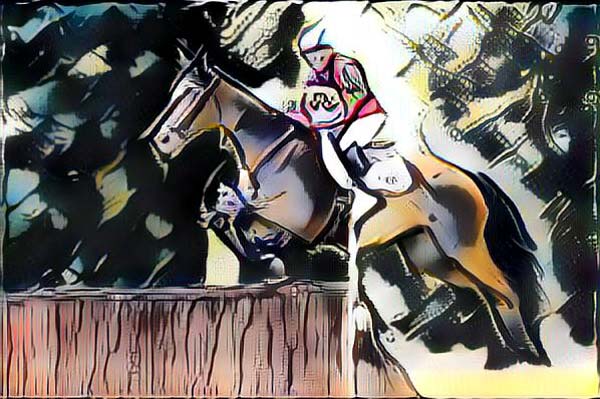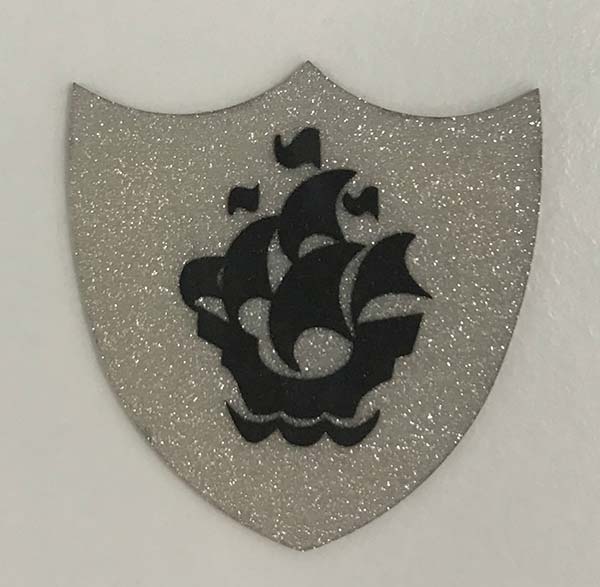Seen and heard
Weird and wonderful stories from the world of physics

Comixify your pix
Researchers in Poland have used neural algorithms to transform images and frames from videos into the style of cartoon drawings. Maciej Pesko and Tomasz Trzcinski from Warsaw University of Technology used several different state-of-the-art “style transfer” and “instance normalization” algorithms to convert a selection of images into 10 different illustrative styles. They include a Spider-Man comic, a Mickey Mouse cartoon and the iconic Japanese print The Great Wave off Kanagawa by Hokusai (arXiv:1809.01726). Pesko told Physics World that their work has several aims such as generating images in the painting styles of famous artists; rendering similar textures in computer games; face swapping; and changing image scenery such as from day to night. The researchers also polled 100 people to gauge which algorithm is most effective, finding that “adaptive instance normalization” is best. “It confirms our assumptions that this method gives results that are the closest to cartoon or comics in terms of stylistic similarity,” the authors write. They have now created a website for “comixifying” video files that you can upload.
Moon of moons
Can moons have moons? That vexing question was put to astrophysicist Juna Kollmeier from the Carnegie Institution for Science back in 2014 – by her four-year-old son. Now she has come up with an answer (arXiv:1810.03304). As far as we know, none of the moons of the planets in our solar system have their own moon. But that doesn’t mean that such “submoons” can’t exist. Indeed, only early last month astronomers announced that they have possibly discovered the first “exomoon” around another planet, in that case orbiting Kepler-1625b (Science Adv. 10.1126/sciadv.aav1784). Working together with Sean Raymond from the University of Bordeaux, the duo found that small submoons – around 10 km in radius – could survive but they would have to orbit large moons and be far away from the host planet. Moons that are too close to the planet or too small might lose their submoons as they crash into the moon or planet or are shot out into space. So the answer is, yes, possibly. Hopefully her now eight-year-old son will be happy with the answer, despite it taking a while to arrive.
Anniversary craters
Still on space, what do Copernicus, Langevin, Rutherford and Shackleton all have in common? They happen to have a crater on the Moon named after them. There are hundreds of thousands of craters on the Moon and while some have names, especially in honour of famous scientists and adventurers, many are specified by letters. But now two more craters have been officially named. The International Astronomical Union’s working group for planetary system nomenclature has approved “Ander’s Earthrise” and “8 Homeward” to commemorate the 50th anniversary of the Apollo 8 mission, which carried out 10 orbits of the Moon in late December 1968. Indeed, the two craters are visible in the foreground of the iconic Earthrise colour photograph taken by astronaut William Anders aboard the craft.

Diamond teaser
Many readers in the UK will look back fondly on children’s TV programme Blue Peter and the badges it used to award. This year is the show’s 60th (diamond) anniversary, and a special diamond version of the iconic Blue Peter badge has been created by the British designer Henry Holland. Not to be outdone, however, the UK-headquartered company Element Six has unveiled a custom-made synthetic diamond Blue Peter badge. Measuring 3.1 × 3.2 cm and weighing 1.32 g, it comprises 6.6 carats of polycrystalline diamond made by chemical vapour deposition. In an episode of the programme broadcast last month, the presenters looked at how synthetic diamonds are created via high-pressure high-temperature synthesis and put the material through its paces with a number of “rigorous” tests. Element Six say that the diamond will “last for millennia”, which means it may even outlast the show.